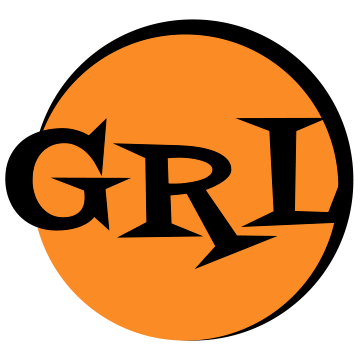< CompFAQ
Technical Writing in the Digital Age: A Coursebook
Directions: For each lesson below, follow all links and read them carefully. All assigned readings not linked may be found on my server or in your assigned textbook. See your individual syllabus for due dates and additional instructions.
1: Understanding Technical Writing in the Digital Age
- Defining “Technical Writing” and Its Evolution
- Additional Reading (choose one to read)
- “What Is Technical Communication?” — chapter 1 of Balzotti (2022)
- “Technical Communication in the Entrepreneurial Workplace” — chapter 1 of Johnson-Sheehan (2018)
- “Introduction to Technical Communication” — chapter 1 of Lannon & Gurak (2022)
- “Introducing Design Thinking (and Making) for Technical Communication” — chapter 1 of Tham (2021)
- To Do: Establishing Your Professional Persona
- Post: Introduce yourself and the professional, or discourse, community that you will represent in your writing this semester and/or perhaps in the future as a professional. What is your understanding of “technical writing in the digital age” at this point? What did you glean from your reading? Which seem most applicable to your interests as a digital writer? The project above asks you to announce your new domain name; you may do that in this post. (750–1000 words)
2: Digital Literacy and Skills
- Digital Literacy: What It Entails
- Essential Digital Writing Skills
- Post: Evaluating Digital Literacy in Technical Writing
- Reading: "Writing and Community Engagement: A Critical Sourcebook" edited by Thomas Deans and "Digital Literacy for Technical Communication" by Rachel Spilka
3: Style and Tone in Digital Writing
- Style Guidelines for Digital Writing
- The Impact of Tone in Online Communication
- Post: Crafting Effective Digital Messages
- Reading: "Style: Lessons in Clarity and Grace" by Joseph M. Williams and "The Elements of Style" by William Strunk Jr. and E.B. White
4: Digital Documents and Remediation
- Digital vs. Paper Documents: Key Differences
- Understanding Remediation in Digital Contexts
- Post: Analyzing Digital Document Transformations
- Reading: "Remediation: Understanding New Media" by Jay David Bolter and Richard Grusin and "Writing for the Web" by Lynda Felder
5: User-Centered Design and Information Architecture
- Principles of User-Centered Design
- Creating Effective Information Architecture
- Post: Designing User-Centric Digital Content
- Reading: "Don't Make Me Think" by Steve Krug and "Information Architecture: For the Web and Beyond" by Louis Rosenfeld and Peter Morville
6: Usability, Accessibility, and SEO
- The Importance of Usability in Digital Writing
- Ensuring Accessibility and SEO Best Practices
- Post: Balancing Accessibility and SEO Optimization
- Reading: "Usability Engineering" by Jakob Nielsen and "Search Engine Optimization All-in-One For Dummies" by Bruce Clay
7: Citing Sources and Effective Use of Links
- Proper Citation in Digital Documents
- Incorporating Links for Enhanced Content
- Post: Ethical Considerations in Linking and Citation
- Reading: "MLA Handbook" by The Modern Language Association and "The Hyperlinked Society" by Joseph Turow
Bibliography
The following texts are available either on Archive.org or in the ENGL 5106 Library on my server (see D2L for the password).
- Balzotti, John (2022). Technical Communication: A Design-Centric Approach. New York: Routledge.
- Johnson-Sheehan, Richard (2018). Technical Communication Today (Sixth ed.). New York: Pearson.
- Lannon, John M.; Gurak, Laura J. (2022). Technical Communication (Fifteenth ed.). New York: Pearson.
- Tham, Jason C. K. (2021). Design Thinking in Technical Communication: Solving Problems through Making and Collaboration. New York: Routledge.
| Written: 2002, 2022; Revised: 09-22-2023; Version: Beta 0.7 | 💬 |
